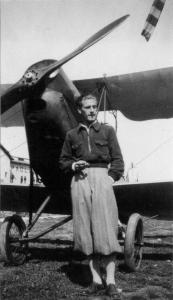
|
| stb102 : Stauble alla Scuola di Volo di 1° periodo. |

|
| stb102 : Stauble alla Scuola di Volo di 1° periodo. |
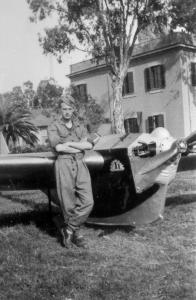
|
| stb103 : Stauble alla Scuola di Volo di 1° periodo. |
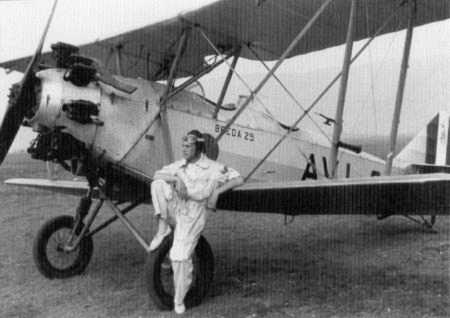
|
| stb101 : Aviano - 193? Stauble alla Scuola di Volo di 2° periodo. Il velivolo e' un Breda Ba 25. |
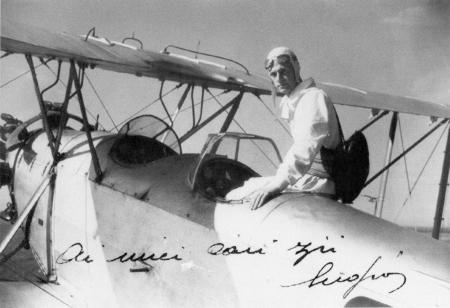
|
| stb104 : Aviano - 193? Stauble alla Scuola di Volo di 2° periodo. Il velivolo e' un Breda Ba 25. |
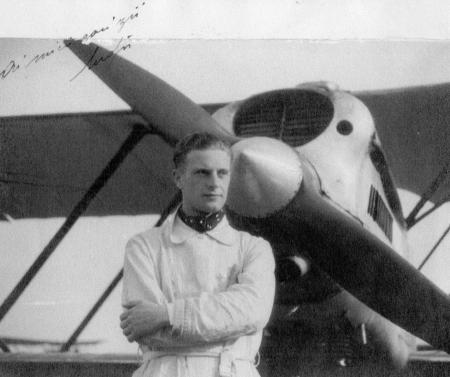
|
| stb105 : Gorizia - 193? Stauble davanti ad un CR 20 Asso. |

|
| stb001 : Gorizia - 193? Stauble fotografato in corso Verdi. |
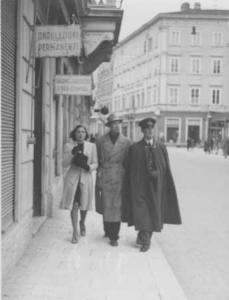
|
| stb002 : Gorizia - 193? Stauble fotografato in corso Verdi. |
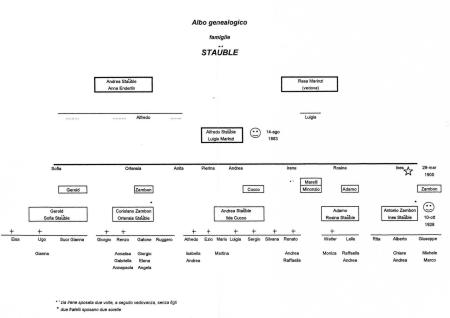
|
| stb106 : Albero genealogico famiglia Stauble. |
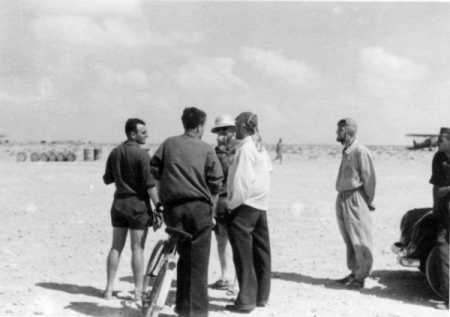
|
| obl072 : Africa Settentrionale – Luglio1940/Gennaio 1941 Reiner, Bonfatti*, Grandinetti, Botto, Stauble. |
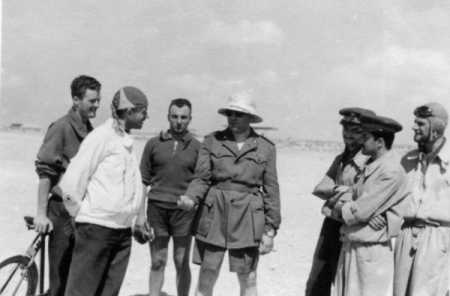
|
| obl075 : Africa Settentrionale – Luglio1940/Gennaio 1941 Bonfatti, Botto, Reiner, Grandinetti, De Campo, Pezzè, Stauble. |
Note di Matteo Chinellato relative alla scomparsa di Sergio Stauble: la fine di Sergio Srauble rimane poco chiara, si pensava disperso in Russia ma non torna con quanto riportato sul libro relativo alla strage di Biscari. I parenti piu' stretti di Sergio Stauble a quel tempo, tranne due fratelli, erano tutti morti durante un bombardamento a Marghera, mio zio è morto diversi anni fa e anche l'altro fratello. Di vivi ci sono attualmente solo la figlia e il figlio di mio zio e la figlia dell'altro fratello, ma anche a loro era stato detto poco. Lettera del Senatore Andrea Augello a Matteo Chinellato: Come potrà leggere nel mio libro (Uccidi gli italiani: Gela la battaglia dimenticata, edizioni Mursia) anche io avevo letto che suo zio era risultato disperso in volo nel mediterraneo nell'estate del 1943. In realta ho accertato che Stauble era di stanza, come pilota di caccia, presso l'aereoporto di Santo Pietro di Caltagirone e venne dato per disperso dopo l'occupazione dell'areoporto da parte della 45° divisione americana il 14 luglio del 1943. A quella data l'aereoporto era già stato reso inservibile dalle incursioni aeree alleate da due settimane. Quindi suo zio si ritrovò nel bel mezzo della battaglia per la difesa dell'aereporto, fianco a fianco con avieri, mitraglieri e fanti che con le armi in pugno eseguirono l'ordine di difendere il perimetro. Al termine della battaglia gli americani fucilarono 72 prigionieri italiani e 4 tedeschi. Tra questi purtroppo anche suo zio. Le salme furono sepolte dapprima nel cimitero di Biscari (oggi comune di Acate), poi furono trasferite nell'agosto del 43 presso il cimitero di guerra di Gela. Furono poi le autorità italiane a trasportare tutti i nostri caduti nel sacrario militare di Catania. I fucilati di Santo Pietro erano stati inumati dagli americani classificandoli come "ignoti". Pertanto nel sacraio di Catania i loro resti sono stati raccolti nell'ossario ed è per questa ragione che lei non troverà il nome di suo zio su nessuna lapide, ma di sicuro i suoi resti riposano a Catania accanto a quelli dei commilitoni. Sul luogo della strage, dopo la pubblicazione del libro, la regione Sicilia ed il comune di Caltagirone hanno eretto una stele commemmorativa che reca il nome di tutti i caduti. http://www.mursia.com/index.php/it/storia/uccidi-gli-italiani2015-12-04-06-06-081755738759-detail |